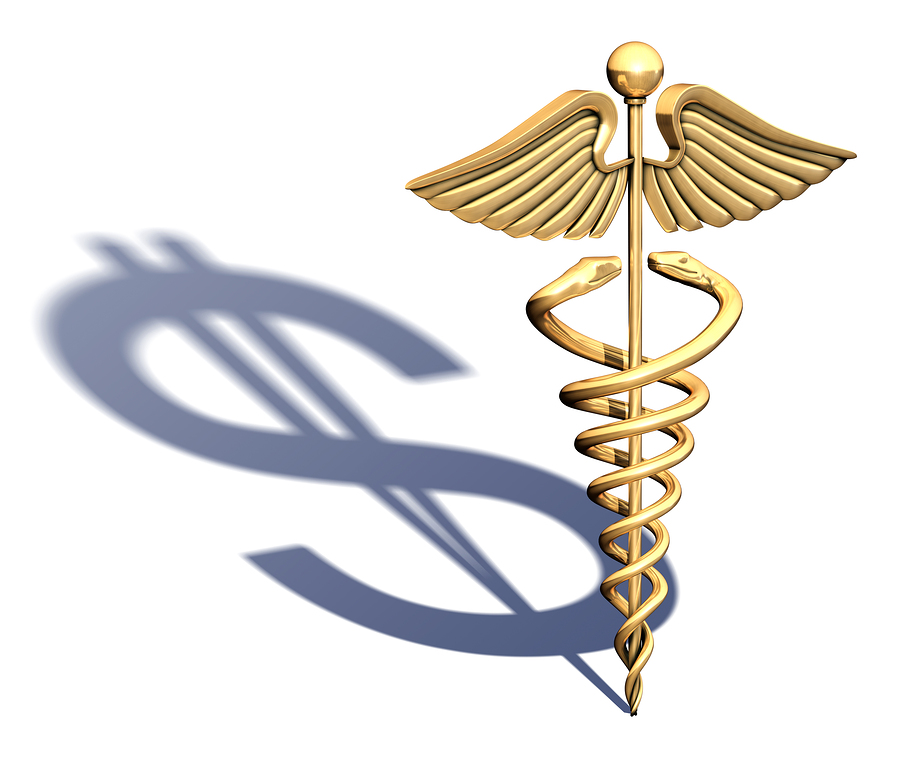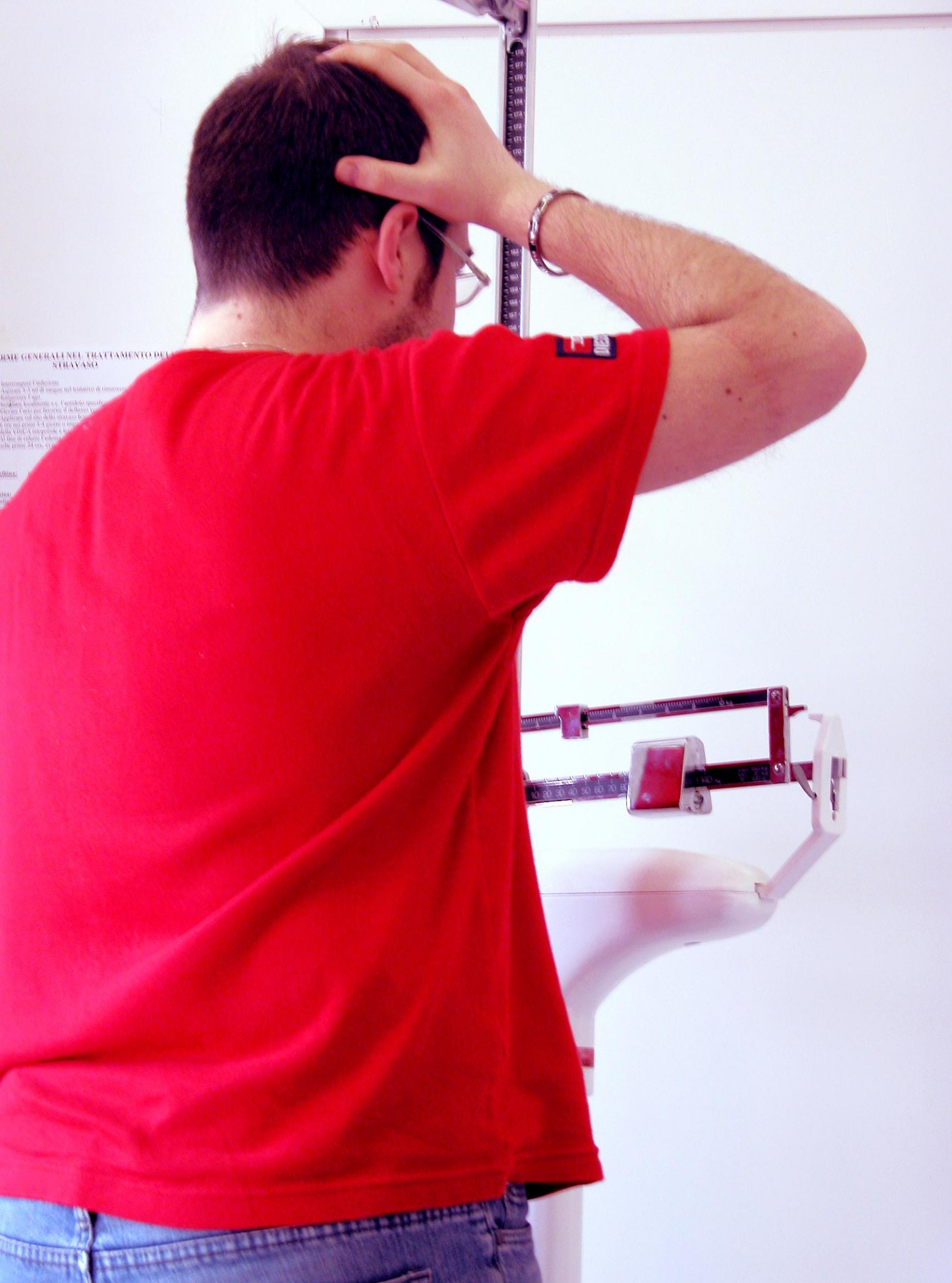4 N’s That Can Help Lower Pain Levels
/By Barby Ingle, Columnist
I have covered 28 treatments so far in my alphabet series on alternative therapies that can be used in the management of chronic pain. I am now moving on to the N’s of pain management -- two of which I have tried and two that I learned about while researching this article.
Nerve Blocks
A nerve block is the injection of an anesthetic or anti-inflammatory drug into a nerve or group of nerves to relieve pain. I had this procedure 37 times over a 3-year period, starting in 2005. In my case, the injections were made in my neck into a group of nerves called the stellate ganglion. The injections did not take away my pain, but they lowered the intensity of it and helped me function better for a limited time.
As with most therapies for pain, nerve blocks are not a lasting treatment or cure. They are only a tool to manage pain and can help diagnose where the pain is coming from. Diagnostic nerve blocks are typical done to determine if a longer lasting treatment or procedure could be more successful in treating pain.
My first nerve block gave me pain relief for only about 3 hours, but it also showed my doctors that I had sympathetically maintained pain -- a form of Reflex Sympathetic Dystrophy (RSD).
Some people receive a few nerve blocks and experience months to years of extended pain relief. For me, it was only a few hours, but when the blocks were later combined with radio frequency ablations, I would get up to 20 days of pain relief. The nerve blocks also helped me avoid additional surgery and having to take daily medications.
There are many types of nerve blocks that can be performed on different body areas. Injections can be made in the face, eyelids, scalp, forehead, upper jaw, nose and palate, neck, shoulder, elbow and wrist, as well as the abdomen and pelvis. The procedure can be painful, so many providers sedate patients or give them a local anesthetic. I was sedated for all of my nerve blocks except one, where the IV failed.
Nitric Oxide
Another treatment I am hearing some alternative providers suggesting is nitric oxide, a gas that relaxes muscles and improves blood flow, especially in the lungs. Some intractable chronic pain conditions, such as chronic orofacial pain, can be helped by taking nitrous oxide supplements. These supplements don’t actually contain nitric oxide, but provide amino acids and other ingredients that increase nitric oxide production in the body.
Nitric oxide helps lower blood pressure, increases circulation, and improves cardiovascular and heart health. Athletes have used nitric oxide supplements for years to build muscle, and increase speed and endurance. The closest thing I have tried to a nitric oxide supplement is creatine, back in the day when I was a college athlete and coach. I was using it in a totally different setting and was monitored by trainers and team doctors, but I wonder now if creatine helped me more than I understood at the time.
It is important to note that taking too much creatine or nitric oxide supplements can be harmful. But if you can find the correct dose and are closely monitored, they can be useful tools to help with some of the secondary effects of living with chronic pain, such as chronic fatigue. Some of the most common side effects from nitric oxide supplements are an increased urge to urinate, reduced dopamine levels (which we need for sleep), zinc deficiencies, nausea and stomach cramps. If you are a diabetic type 2, this is probably not a good option for you because blood sugar levels tend to go up as nitric oxide levels increase.
Neurotransmitter Regulation
A treatment I have used over the years is neurotransmitter regulation, which is the use of antidepressants and anti-anxiety medication to help manage depression, anxiety and other mood disorders. I no longer need these types of drugs, as I was able to learn through psychological counseling new coping skills to better manage my moods.
Mood disorders can be caused by chronic pain, which disrupts the production of neurotransmitters, the chemical messengers that our bodies produce to regulate our nervous systems. The four major neurotransmitters that regulate mood are Serotonin, Dopamine, GABA and Norepinephrine.
Medications can be used treat mood disorders. For example, anti-anxiety drugs that are receptor agonists – such as Valium, Xanax, Klonopin and other benzodiazepines -- bind to receptors and mimic the way a natural neurotransmitter decreases anxiety.
I can’t stress enough how common it is for people in pain to develop depression and anxiety, due to the challenging situations we face with our physical, emotional and mental health. Don’t be shy about discussing these needs with your provider. We must address all aspects of living with chronic pain and our mental stability is important to maintain.
Nabilone
The final option I looked at in the N’s is nabilone, a medication that is approved for treating or preventing nausea and vomiting caused by chemotherapy. A few studies have shown that low doses of nabilone can also be effective in managing chronic pain from fibromyalgia and multiple sclerosis, although that would be considered an “off label” use in the United States.
Nabilone is a synthetic cannabinoid that mimics tetrahydrocannabinol (THC), the primary psychoactive compound in marijuana. According to the studies I’ve read, researchers believe that nabilone can benefit patients not only by reducing pain, but in improving quality of life. In a head-to-head trial of nabilone and a weak opioid medication, nabilone had similar pain relieving effects in patients with chronic neuropathic pain.
Once again, I hope that I was able to share something new with you. I encourage you to be open-minded when it comes to using alternative therapies. Always talk with your provider to make sure you are on the same page and that everyone involved in your care understands the treatment plan and the options you are choosing.
Barby Ingle lives with reflex sympathetic dystrophy (RSD), migralepsy and endometriosis. Barby is a chronic pain educator, patient advocate, and president of the International Pain Foundation. She is also a motivational speaker and best-selling author on pain topics.
More information about Barby can be found at her website.
The information in this column should not be considered as professional medical advice, diagnosis or treatment. It is for informational purposes only and represents the author’s opinions alone. It does not inherently express or reflect the views, opinions and/or positions of Pain News Network.







































